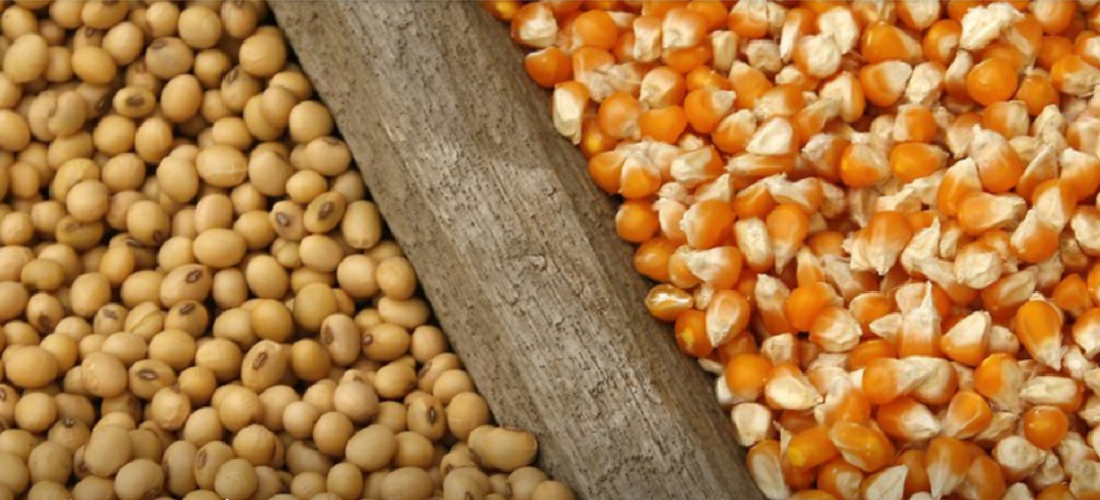
India and Africa to become grand destinations for Brazilian soybeans
Jun, 08, 2022 Posted by Gabriel MalheirosWeek 202223
Brazil used to have to import much of its food in the past. Today, the country feeds over one billion people across five continents. The Aliança da Soja forum, an event to discuss industry innovations and the future of agriculture, held this Tuesday (7) in Petrolina, Pernambuco, brought together entities from the chain at Bayer’s Product Development Center.
Marcos Jank, the Insper Agro Global Center coordinator, was the event’s first speaker. His speech highlighted that Brazil transformed abundant natural resources into competitive and sustainable goods by using technology that aided agriculture’s tropicalization. The specialist anticipates the development of new agricultural frontiers and diversification in the shipments of Brazilian soybeans destinations. “I believe that crop-livestock integration will expand in the coming decade […]. The country has approximately 80 million agricultural hectares and 160 million hectares of pasture. Soybeans, corn, cotton, and other crops will grow in this area”, he believes.
See below how did soybean shipments behave in the first four months of the year from 2019 to 2022. These data are from Datamar’s DataLiner.
Exports of Soybeans from Brazil | Jan – Apr | 2019 – 2022 | WTMT
Source: DataLiner (click here to request a demo)
According to him, demand for Brazilian products from China, Southeast Asia, and the Middle East will remain solid, despite the country’s need to gain access to markets for meat sales. “We will have demand from India and Africa soon, which presently account for no more than 4% of Brazil’s agricultural exports. As per capita income and urbanization expand in these two destinations, they represent a great opportunity for the sale of Brazilian soybeans, for example.”
Jank also highlighted that the current geopolitical scenario, with the war between Russia and Ukraine, has increased the prices of food and fertilizers. For him, the solution to minimizing this problem is to increase production, not export taxes or increase subsidies. “There is no other country with the capacity to increase its production like Brazil, precisely because of crop-livestock integration and technology.”
The Insper coordinator also highlighted that corn, wheat, and rice represent 40% of humanity’s calorie intake. “Of these three kinds of cereal, corn and wheat are the two most hit by the war. Net food importers account for 80% of the world’s population,” he concludes.
Source: Canal Rural
To read the full original article, please go to:
-
Ports and Terminals
Aug, 01, 2021
0
Ship quarantined at the Port of Santos after crew member becomes ill and tests positive for Covid-19
-
Ports and Terminals
Dec, 22, 2021
0
Port of Los Angeles to test manure-derived hydrogen fuel
-
Economy
Sep, 26, 2022
0
Brazilian foreign trade surplus grows in 4th week of September
-
Steel and Aluminium
Sep, 21, 2021
0
Brazil applauds GCC’s decision not to impose safeguard on steel imports



